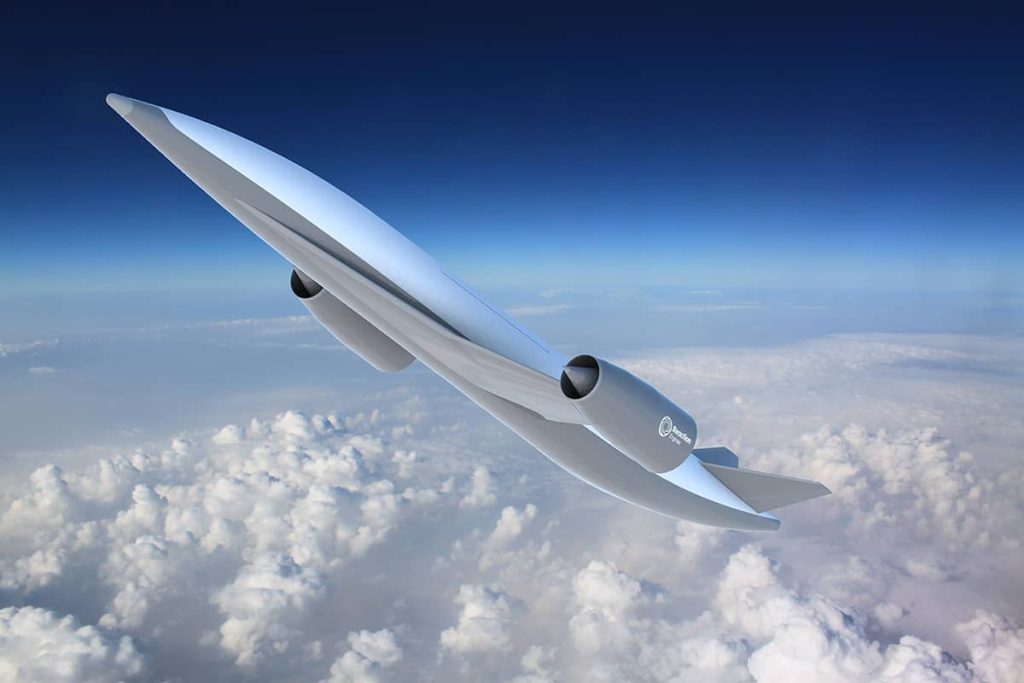Context:
The Indian Space Research Organisation (ISRO) successfully carried out the second experimental flight to demonstrate Air Breathing Propulsion Technology.
More on the news
The propulsion systems were symmetrically mounted on either side of a RH-560 Sounding Rocket and launched from Satish Dhawan Space Centre (SDSC), Sriharikota on July 22.
- Sounding rockets are one or two stage solid propellant rockets used for probing the upper atmospheric regions and for space research.
- Currently, three versions are offered as operational sounding rockets:
- RH-200
- RH-300-Mk-II
- RH-560-MK-II
- The RH-560, the largest of the three, served as the platform for this experiment due to its capacity to carry heavier payloads.
- RH-560 is a two-stage, solid motor based sub-orbital rocket that is designed to be utilised as a cost-effective flying test bed for the demonstration of advanced technologies.
- Prior to the mission, multiple ground tests were carried out at the various ISRO Centres including Vikram Sarabhai Space Centre (VSSC), Liquid Propulsion Systems Centre (LPSC) & ISRO Propulsion Complex (IPRC) and also at the CSIR -National Aerospace Laboratories (CSIR-NAL), Bengaluru.
- Nearly 110 parameters were monitored during the flight to assess its performance.
What is Air Breathing Propulsion Technology?
- Unlike conventional rocket engines that carry both fuel and oxidizer, air-breathing engines utilize oxygen from the atmosphere as an oxidizer.

How it works:
- The engine intakes air from the atmosphere.
- This air is compressed and mixed with fuel.
- The mixture is ignited, producing thrust.
Key components of an air-breathing engine:
- Intake: Collects air from the atmosphere.
- Compressor: Increases air pressure (in some types of engines).
- Combustion chamber: Where fuel is burned.
- Turbine: Extracts energy from the hot exhaust gases to drive the compressor (in turbojet and turbofan engines).
- Nozzle: Accelerates the exhaust gases to produce thrust.
Types of air-breathing engines:
- Ramjet: Simplest form, relies on the vehicle’s speed to compress incoming air.
- Scramjet: Operates at supersonic speeds, allowing for higher efficiency.
Advantages of this technology:
- Reduced weight: Eliminating the need to carry onboard oxidizer significantly reduces the launch vehicle’s mass.
- Increased payload capacity: The weight savings translate to a larger payload that can be carried into space.
- Enhanced efficiency: By leveraging atmospheric oxygen, air-breathing engines can potentially achieve higher specific impulse, a measure of engine efficiency.

